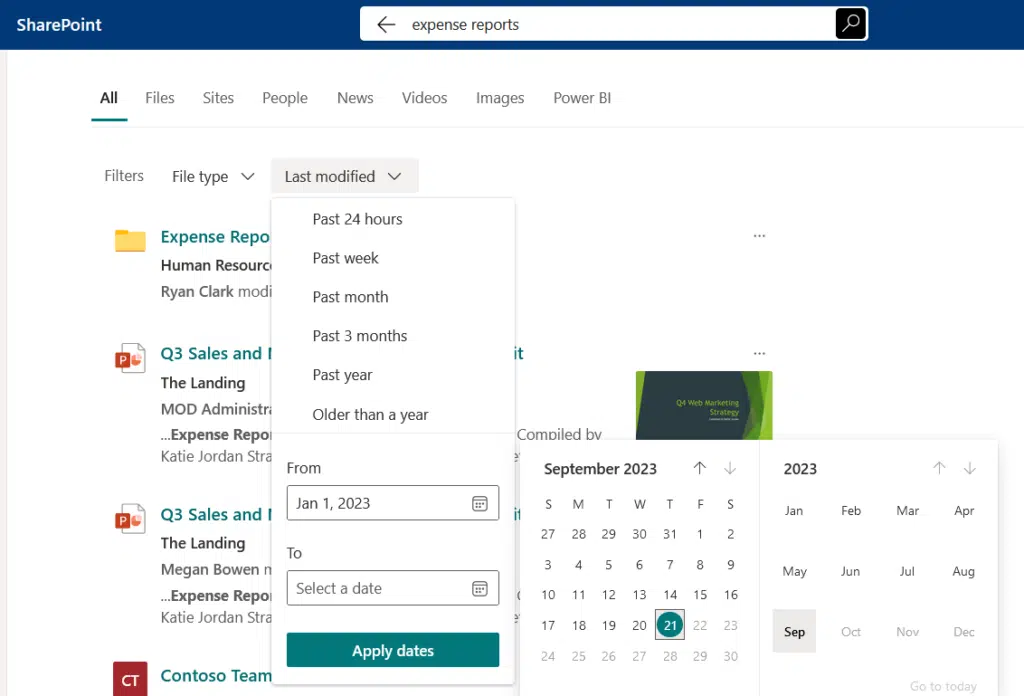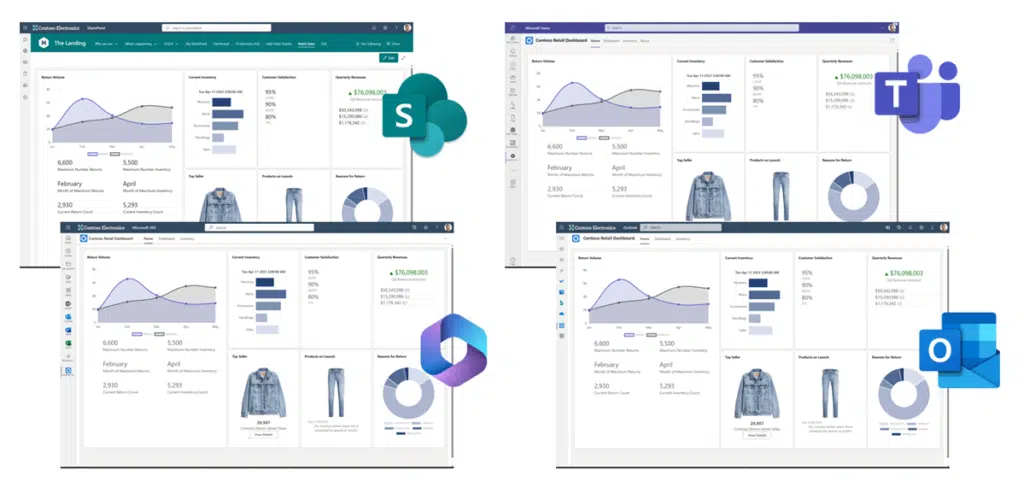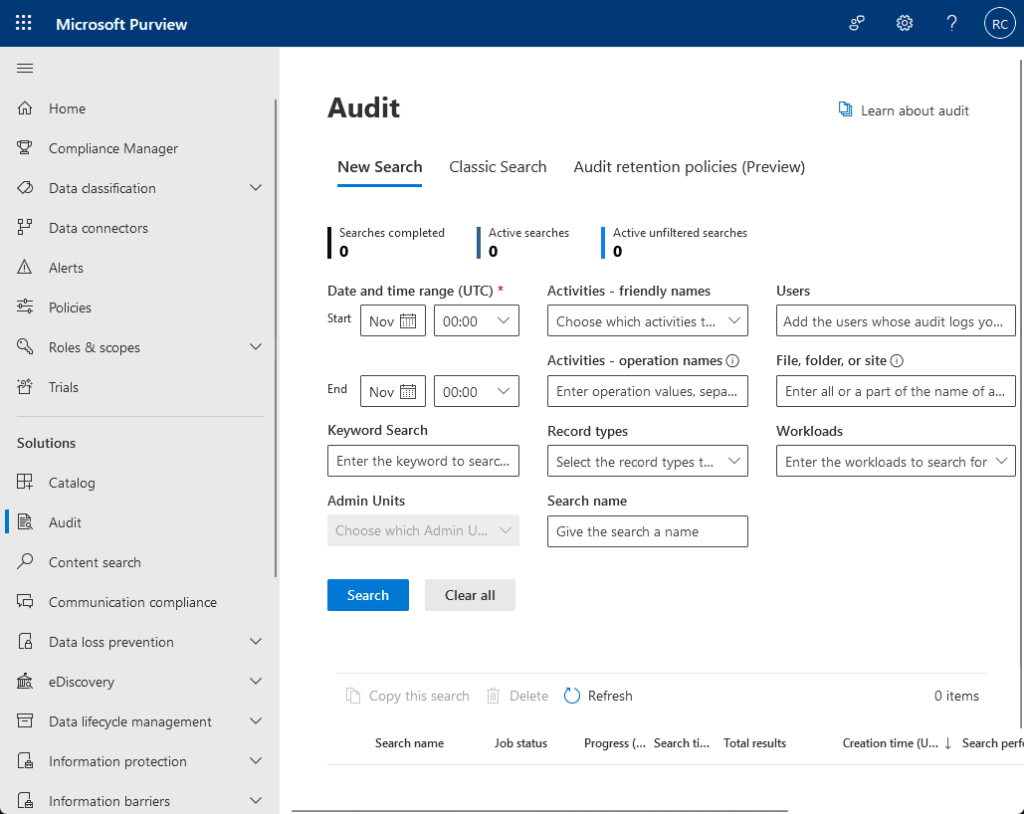Last Updated on September 4, 2024
Need to implement SharePoint?
In this guide, I will give you a step-by-step process to ensure a successful deployment of SharePoint Online.
Let’s get started.
Table of Contents:
Why create a strategic implementation plan?
Like anything else, having a plan gives you a higher chance of smoother operation. 🙂
Here are specific reasons why:
- Avoid misalignment with your business objectives
- Minimize disruptions during the transition and deployment phases
- Optimize resources (time, budget, and personnel)
- Improve user adoption and engagement
- Maintain control and integrity
From experience, having a strategic implementation plan allows you to anticipate and address challenges.
In other words, it sets clear expectations, timelines, and responsibilities so that everyone involved is on the same page.
The opposite of this, not having any plan, will have you face setbacks that could hinder the success of the deployment.
Sign up for exclusive updates, tips, and strategies
Implementing SharePoint requires a structured approach so that everything is set up correctly and efficiently.
Here are my “recommended” steps:
Step 1: Assemble an implementation team
Like your organization, starting with the right team, and people, is important.
This team will be the one responsible for guiding the project from planning to launch, so choose wisely. 🙂

Key roles I recommend you include:
- Project manager
- SharePoint developer
- IT administrator
- Business analyst
It’s better to have a well-rounded team so that all aspects of the implementation are covered.
The project manager keeps the team on track, while the developer and IT guy focus on the technical details.
If you’re curious about the business analyst, he’s there to make sure there’s alignment between the platform and the organization.
👉 Related: Hiring the Best SharePoint Developers: Why It Matters
Step 2: Discover, analyze, and prioritize requirements
This is more of a brainstorming work where you come up with specific workflows that support business goals.

Here’s what you can do here:
- Conduct stakeholder interviews to get insights on their requirements
- Analyze current processes to identify pain points
- Prioritize features based on their impact
This part helps you address the most pressing needs first.
For example, the current processes allow you to see inefficiencies and prioritize features that are the most impactful.
This will help you avoid missed requirements and reduce the risk of implementing unnecessary features.
Step 3: Design and information architecture
This part helps you define how users interact with the platform.
Remember that a well-structured design will make sure that content is easy to find and manage for your users.
Here’s what you should do here:
- Plan structure for SharePoint sites
- Set up metadata
- Determine user permissions and security groups
- Design navigation
What’s important here is that you create a logical flow of information that makes sense for your organization.
For example, as you know, setting up metadata will help make content management more efficient.

Users will have an easier time finding what they need as well as avoid some limitations in SharePoint Online.
👉 Related: Metadata in SharePoint – How to use it? The Beginner’s Guide
Step 4: Development and deployment
If the steps above are about what’s under the hood, this part is where the SharePoint solution starts to take shape.
Key actions to take:
- Use the built-in tools to minimize custom development
- Apply custom coding only where necessary
- Create a testing environment to catch issues before full deployment
- Roll out the solution in stages
Well, it’s not that I don’t recommend third-party tools.
However, focusing on out-of-the-box features helps keep the system simple and easier to maintain. 🙂

If you want to put some customization in, limit it to what’s necessary to avoid complexity (higher maintenance cost).
Once everything is ready, deploy in phases so that potential issues can be managed and adjustments can be made.
👉 Related: SharePoint Online Deployment Guide: Step-By-Step Tutorial
Step 5: User acceptance testing (UAT)
This is where the solution meets the needs of its users before the full launch.
UAT is important since this process validates that the platform functions as expected in a real-world scenario.

Here’s what you need to do here:
- Choose a group of users who represent different departments and roles
- Create test scenarios that mimic daily tasks and workflows
- Collect feedback from the test users
- Fix any bugs or problems that were found during testing
For this to work, you need to select users who will interact with the systems regularly.
As for the test scenarios, they should reflect actual use cases to find potential problems not obvious during development.
The feedback that you receive then is important so the team can make the necessary adjustments.
Step 6: Training and adoption strategy
This will make sure that users are comfortable with the new SharePoint system and can use it to its full potential.

Here are the key elements here:
- Create user guides, video tutorials, and FAQs
- Conduct live training sessions (in-person or virtual)
- Provide ongoing support to address user questions
- Monitor SharePoint adoption rates through analytics
After the deployment, things might look smooth on the surface, but there would always be issues.
Live training sessions will allow users to ask questions and learn in real time, with ongoing support for the resources.
When you monitor the adoption rates, you will be able to identify any challenges early on and allow for timely interventions.
Step 7: Ongoing maintenance and governance
You must have seen this a mile away. 😅
However, these are important if you want to keep your SharePoint intranet secure and efficient.
Here are key actions to consider:
- Set rules for content management, user permissions, and data security
- Keep the system up-to-date with the latest features and security patches
- Track system performance and user activity
- Periodically assess and adjust governance policies
Having clear governance policies would help prevent unauthorized access and keep content organized.

However, you have to revisit them to make sure that they’re still relevant as your organization grows and changes.
This ongoing process is key if you want to sustain a long-term, successful SharePoint implementation. 🙂
👉 Related: SharePoint Governance Plan: How to Create an Effective Plan
Having a Structured Implementation Approach
There’s no way of saying this — but having a structured implementation approach is important for a successful deployment.
It will help you manage each step, avoid common pitfalls, and make sure that the platform meets your needs.
Anyway, got any questions about this Microsoft SharePoint implementation guide? Let me know.
For any business-related queries or concerns, contact me through the contact form. I always reply. 🙂

